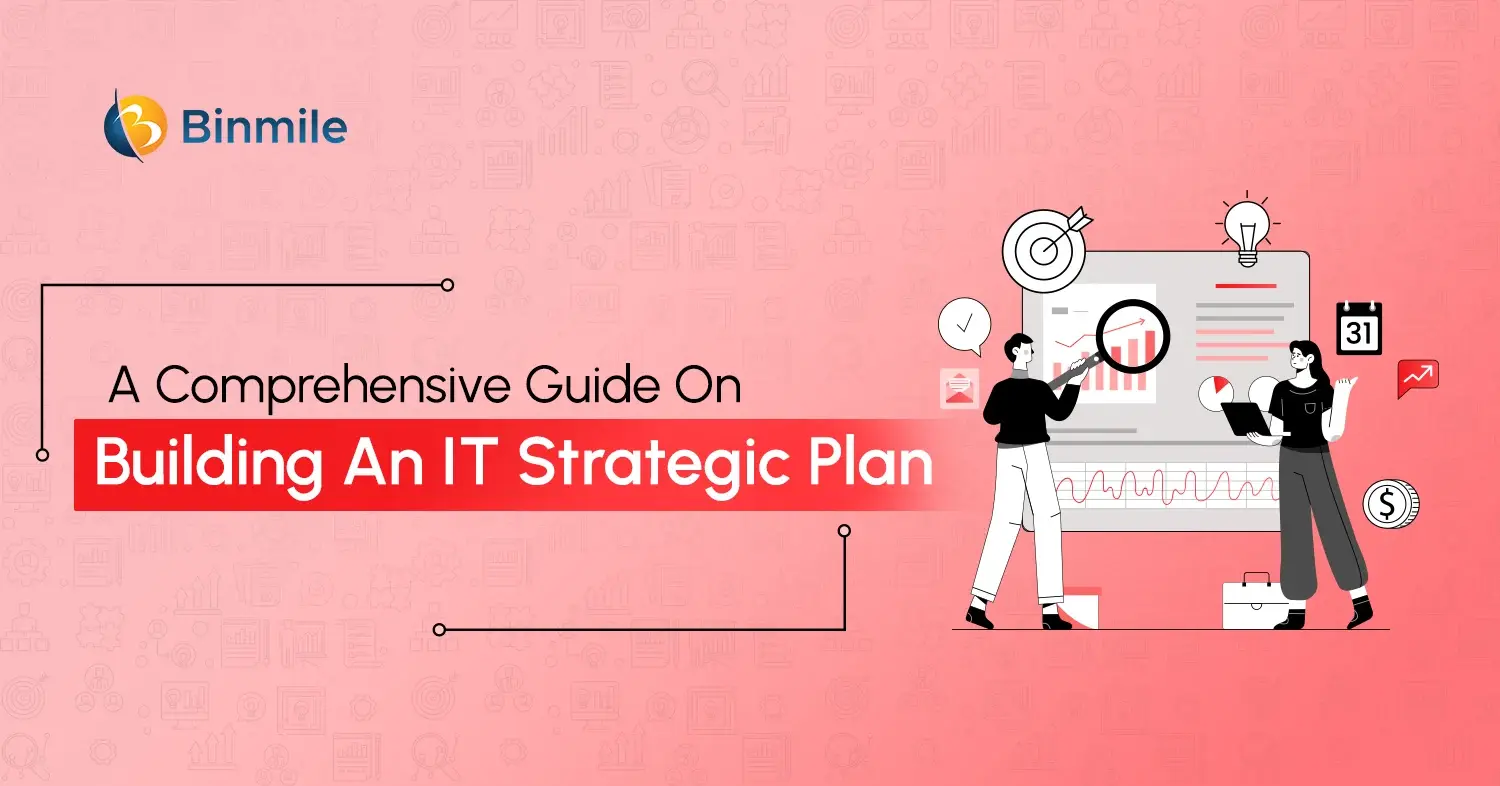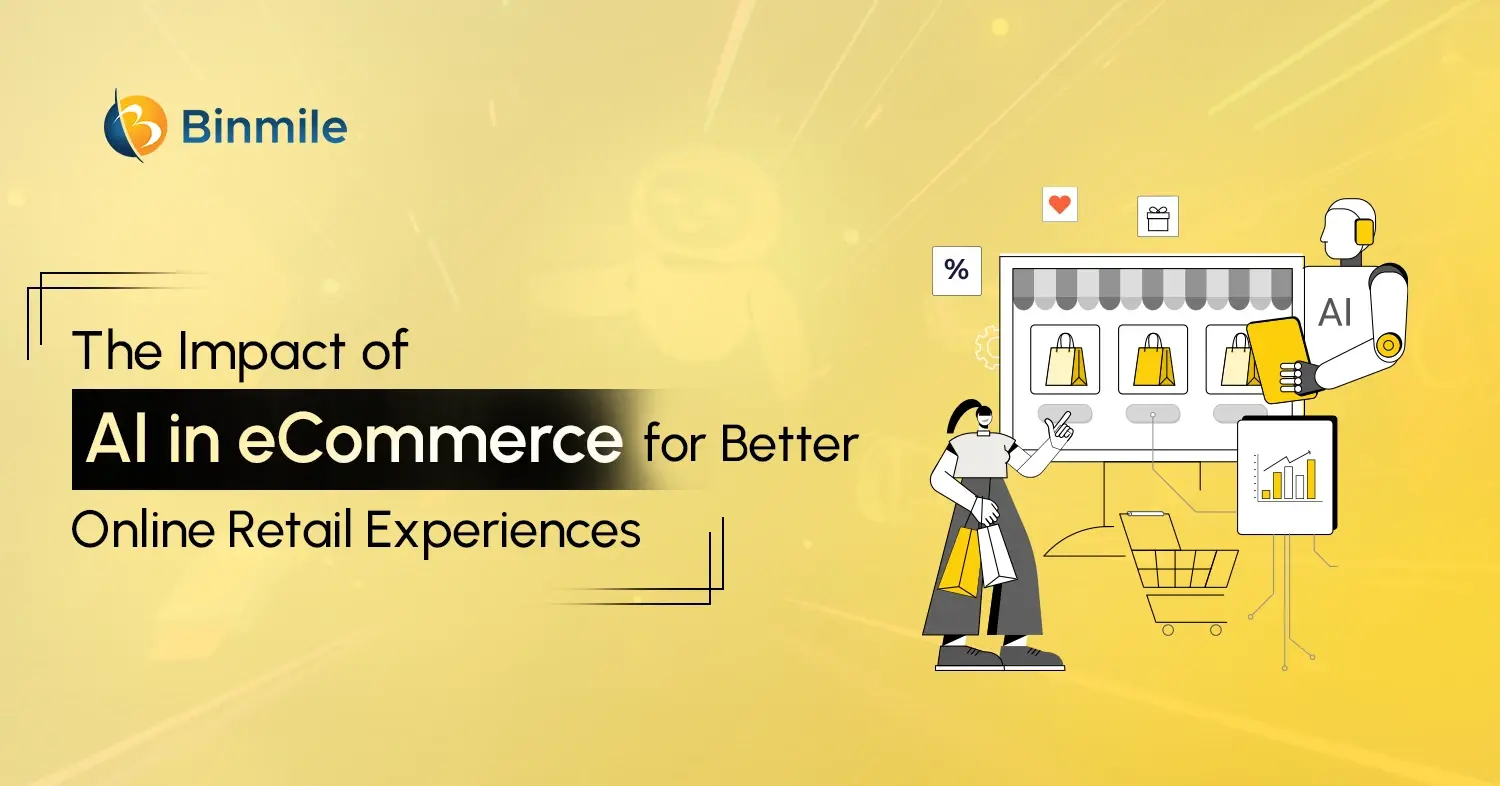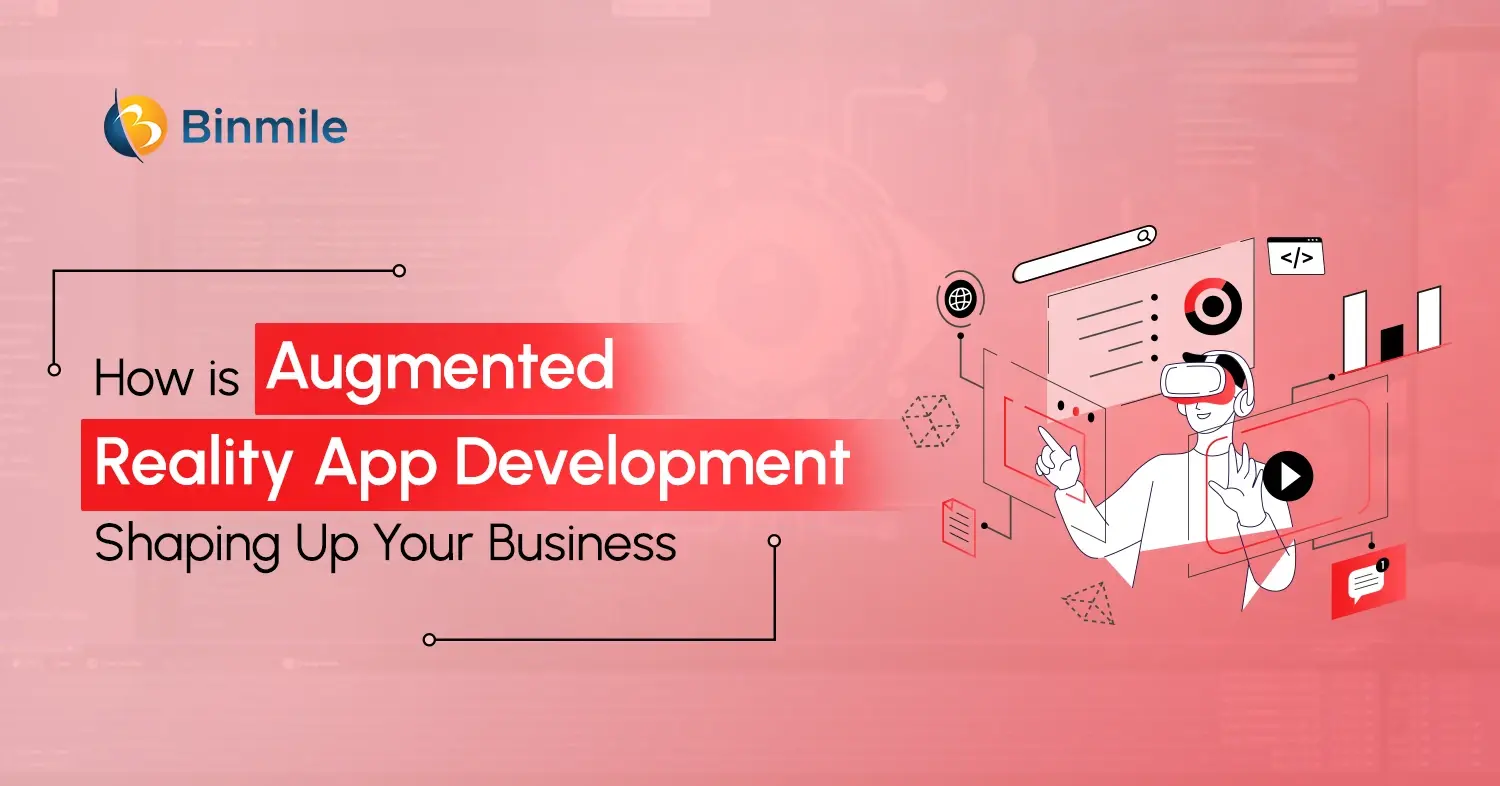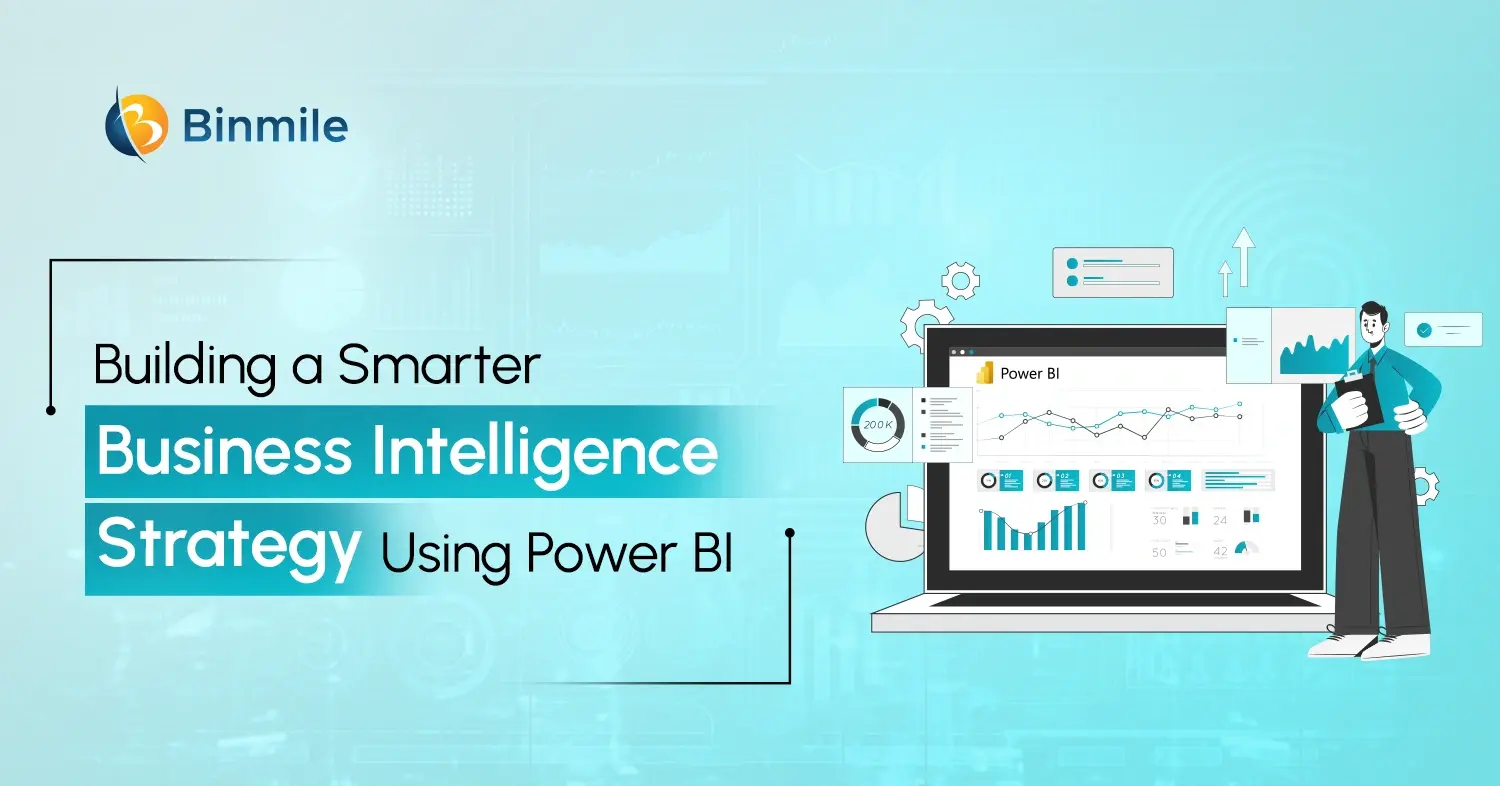Technology is no longer just a support system; it is the core of how modern businesses operate, compete, and grow. Yet, many organisations still find themselves reacting to tech changes instead of leading them. According to a Gartner survey, only 48% of digital transformation projects meet or exceed their intended business outcomes, as most of them fall short of expectations due to poor IT strategy alignment. That is why a well-defined IT Strategy Plan is not just helpful, it is essential.
A future-ready IT strategic plan gives businesses clarity, direction, and control. It connects every IT investment to a measurable business outcome and ensures technology becomes a true enabler, not a bottleneck.
Let us explore what makes a digital IT strategy successful, why it matters more than ever, and how you can build one that drives lasting growth.
What is IT Strategic Planning?
At its core, IT strategic planning concerns how technology choices are integrated with overarching organisational goals. It helps businesses ascertain where they are currently positioned, where they want to head, and how IT gets them there most efficiently. You can think of it in the form of a digital roadmap. It orders how technology aids routine business functions, continuous innovation, and the scalability of the organisation in the future.
A comprehensive digital IT strategy encompasses IT frameworks, risk management, cloud environments, artificial intelligence, and customer journey advancements. It guarantees that every tech-related endeavour contributes to a larger organisational mission rather than just being a random endeavour.
In the current digital marketplace environment, having an IT business strategy goes beyond just keeping the IT systems operational. It focuses on offering systems and processes that drive agility, increase compliance, and enable digital resilience.
Why IT Strategic Planning Matters for Business Success?

Investing in technology is something every business does. However, the absence of an overarching business strategy means the investment is unlikely to yield the best possible return. Businesses need to adopt a strategic IT framework to ensure IT tools adoption is deep and integrated into the business model.
Here are the major advantages of an IT strategic plan:
-
Business and IT Alignment
It ensures that the goals of business and technology are aligned and that the technology does not operate in a silo. There is a direct line of sight between every automation and every cloud migration project and key business outcomes.
-
Better Resource Utilisation
Having an IT strategy means that IT departments can allocate time and energy to the most impactful focus areas and provide budgetary oversight.
-
Enhanced Security and Compliance
In IT strategy development, integrated cybersecurity risks and compliance keep last-minute negotiations and processes from undermining strategic intent.
-
Scalability and Innovation
Business growth, whether the introduction of new lines of business or new technologies such as AI, is accompanied by an IT strategic plan to ensure fluid integration and alignment of systems and processes.
-
Improved Customer Experience
The consolidation of digital initiatives translates to seamless workflows, delivery of services, and enhanced customer satisfaction.
A Practical Guide to Building an Effective IT Strategic Planning Process
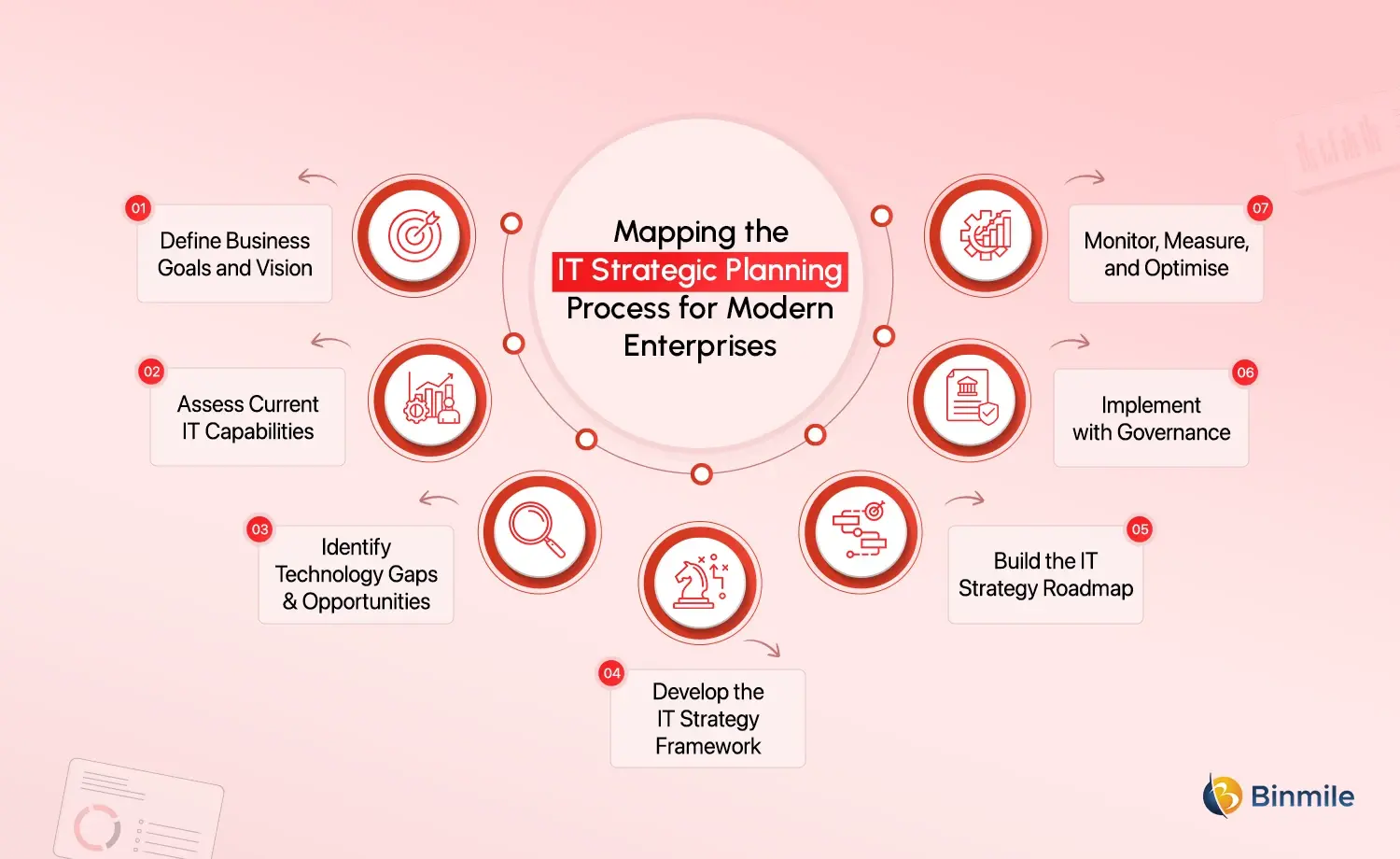
Here is a step-by-step look at how organisations can build a successful IT Strategy Roadmap that actually delivers results:
Step 1: Define Business Goals and Vision
The first step of any IT strategy for business should be clarity. Before any platform or tool decisions are made, clarify exactly what the business wants to achieve. Is it digital transformation? More operational efficiency? Enhancing customer engagement?
Your business goals will inform every IT initiative you undertake, whether it is ERP cloud migration or AI adoption. This will ensure technology is an enabler, rather than an operational expense or lost cost.
Step 2: Assess Current IT Capabilities
After that, you should examine your IT Infrastructure and ecosystem, hardware, software, data management processes, and security systems. This will show what is functioning, what is obsolete, and any existing gaps.
This will be the basis for your Digital IT Strategy. You may examine:
- Network performance and infrastructure scalability
- Cloud readiness and any system dependencies
- Cybersecurity posture
- Workforce skill gaps
This step is critical in ensuring you have identified the basis for future IT investments.
Want to turn your IT goals into measurable business results? Our experts can help you build a customised IT roadmap.

Step 3: Identify Technology Gaps and Opportunities
After assessing what you have, you should pinpoint what you do not have. A business could have gaps in automation, integration, data visibility, or in having advanced systems.
For instance, if there are automation gaps in a business that heavily relies on manual processes, automation solutions and AI predictive tools are a core need. Also, if a business lacks streamlined governance, there will be a need for an IT strategic development plan.
Step 4: Develop the IT Strategy Framework
After this, you should turn your findings into an actionable IT Strategy Framework. This will include:
- Core strategic goals
- Target Outcomes
- Key performance indicators (KPIs)
- Governance Policies
- Investment Priorities
This framework will help you maintain strategic coherence and accountability to your goals. Also, it serves as your vehicle for communicating the goals and the overall strategy to the IT team.
Step 5: Build the IT Strategy Roadmap
An IT Strategy Roadmap details how and when each IT initiative to be executed. Short-term goals (such as updates to IT security) and long-term goals (such as migrating to cloud-based ERP systems, adopting AI, etc.) are clearly outlined.
Every phase of the roadmap should include milestones, designations, and resource distribution. It will help to immediately address the current IT issues while keeping the innovative long-term goals. This ensures that progress is made continuously and without disrupting regular business activities.
Step 6: Implement with Governance
Implementation calls for determined leadership, interdepartmental collaboration, and well-defined governance. Strategy without leadership is useless.
CIOs and IT Strategy Consultants are tasked with confirming that every initiative assigns business priorities and adheres to schedule, budget, and compliance constraints. Communication, agile working methods, and performance metrics are essential to control.
Step 7: Monitor, Measure, and Optimise
Once the projects are operational and the KPIs assigned, performance against them must be continuously evaluated. IT strategic planning is ongoing.
The business will change, technology will change, and the market will change. Regular reviews will help the IT Strategy Plan to align with the developing business requirements, new tech, and evolving market conditions.
Common Challenges in IT Strategy Development
Even the most structured plans encounter roadblocks. The digital landscape changes fast, and every organisation must overcome a few recurring hurdles while building a strong IT strategy for business.
| Challenge | Description | Impact on IT Strategic Plan |
|---|---|---|
| Constant Technological Evolution | Emerging tools and technologies evolve faster than most organisations can adapt to, creating uncertainty in long-term planning. | Makes it difficult to balance innovation with stability and maintain a consistent roadmap. |
| Budget Constraints | Building modern systems or migrating to cloud and AI platforms requires a high investment. | Limited budgets often force businesses to delay or scale down strategic initiatives. |
| Skill Shortages | Finding or retaining an experienced IT strategy consultant or skilled internal team is a growing challenge. | Slows down implementation and affects the quality of IT strategy development. |
| Integration with Legacy Systems | Outdated systems often do not align with modern technologies or cloud environments. | Causes disruptions, compatibility issues, and higher transition costs. |
| Cybersecurity Threats | Increased digital exposure brings higher security risks and compliance requirements. | Security gaps can compromise sensitive data and disrupt business operations. |
| Cultural Resistance to Change | Employees may resist new systems or workflows due to unfamiliarity or fear of automation. | Slows adoption and reduces the success rate of digital transformation efforts. |
By addressing these challenges early, through clear communication, structured governance, and agile planning, organisations can keep their IT strategy plan resilient and adaptable to change.
Best Practices for Building a Strong IT Strategy
Crafting an effective IT business strategy involves more than just being tech-savvy; it takes foresight, flexibility, and teamwork. Here are some best practices used by leading organisations:
1. Start with Business, Not Technology
For any effective IT strategic plan, business outcomes must come first. Your “why” must be articulated before deciding the “how.” Strategy must be driven by business technology, and not the other way around.
2. Involve Cross-Functional Teams
Involving members from finance, operations, marketing, and customer support enhances the alignment of your digital IT strategy to the actual cross-departmental needs.
3. Keep It Agile and Scalable
Rapid IT advancements require your strategy to be adaptable to new tools and shifting business priorities to avoid chaos or disruption.
4. Make Data-Driven Decisions
Data should be used to reveal operational inefficiencies, track performance, and guide potential investments. IT decisions should be based on data.
5. Prioritise Cybersecurity and Compliance
A business’s core strategy must include security, given the increased threats and tighter regulations.
6. Leverage Emerging Technologies Wisely
Strategic adoption of emerging technologies such as AI, cloud automation, and process analytics should provide enhancement, not complexity.
7. Review and Refine Regularly
The best strategies evolve. Conduct quarterly or annual reviews to ensure your IT strategy roadmap still matches your organisation’s growth stage.
Struggling to align your tech with business growth? Our experts can help you plan, modernise, and scale your IT ecosystem effectively.

How Binmile Can Help You Build a Future-Ready IT Strategic Plan
In today’s fast-moving digital world, success depends not just on adopting technology but on using it strategically. A well-structured IT strategic plan helps businesses stay resilient, compliant, and future-focused. It ensures every IT initiative, whether cloud migration, AI deployment, or IT infrastructure modernisation, contributes to measurable growth.
At Binmile, we help enterprises craft and execute effective IT strategy frameworks that align technology with business vision. From digital transformation consulting to IT strategy development, ERP cloud migration, and customer experience enhancement, our experts partner with organisations to create strategies that deliver tangible results.
Frequently Asked Questions
A successful digital IT strategy includes business alignment, cloud and data management, governance frameworks, cybersecurity, innovation planning, and performance monitoring.
Cybersecurity ensures every technology decision protects your assets, prevents disruptions, and maintains customer trust, making it a cornerstone of every IT strategy.
Ideally, once a year, or whenever major shifts occur, such as new regulations, mergers, or emerging technologies that impact business operations.
By assessing each gap based on business impact, risk exposure, and resource availability. Addressing high-impact areas first ensures stability and efficiency.
CIOs must align each IT initiative with measurable business goals, foster collaboration across departments, and track progress using performance KPIs.
